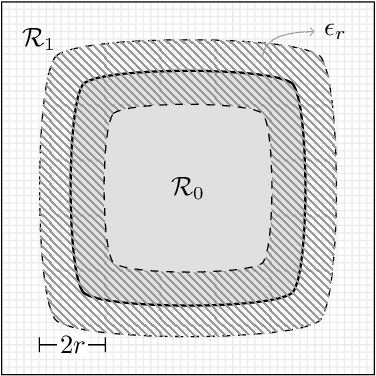Marilyn Vazquez
Direct Estimation of Appearance Models for Segmentation
Feb 22, 2021



Abstract:Image segmentation algorithms often depend on appearance models that characterize the distribution of pixel values in different image regions. We describe a novel approach for estimating appearance models directly from an image, without explicit consideration of the pixels that make up each region. Our approach is based on algebraic expressions that relate local image statistics to the appearance models of spatially coherent regions. We describe two algorithms that can use the aforementioned algebraic expressions for estimating appearance models. The first algorithm is based on solving a system of linear and quadratic equations. The second algorithm is a spectral method based on an eigenvector computation. We present experimental results that demonstrate the proposed methods work well in practice and lead to effective image segmentation algorithms.
A survey of statistical learning techniques as applied to inexpensive pediatric Obstructive Sleep Apnea data
Feb 21, 2020



Abstract:Pediatric obstructive sleep apnea affects an estimated 1-5% of elementary-school aged children and can lead to other detrimental health problems. Swift diagnosis and treatment are critical to a child's growth and development, but the variability of symptoms and the complexity of the available data make this a challenge. We take a first step in streamlining the process by focusing on inexpensive data from questionnaires and craniofacial measurements. We apply correlation networks, the Mapper algorithm from topological data analysis, and singular value decomposition in a process of exploratory data analysis. We then apply a variety of supervised and unsupervised learning techniques from statistics, machine learning, and topology, ranging from support vector machines to Bayesian classifiers and manifold learning. Finally, we analyze the results of each of these methods and discuss the implications for a multi-data-sourced algorithm moving forward.
 Add to Chrome
Add to Chrome Add to Firefox
Add to Firefox Add to Edge
Add to Edge